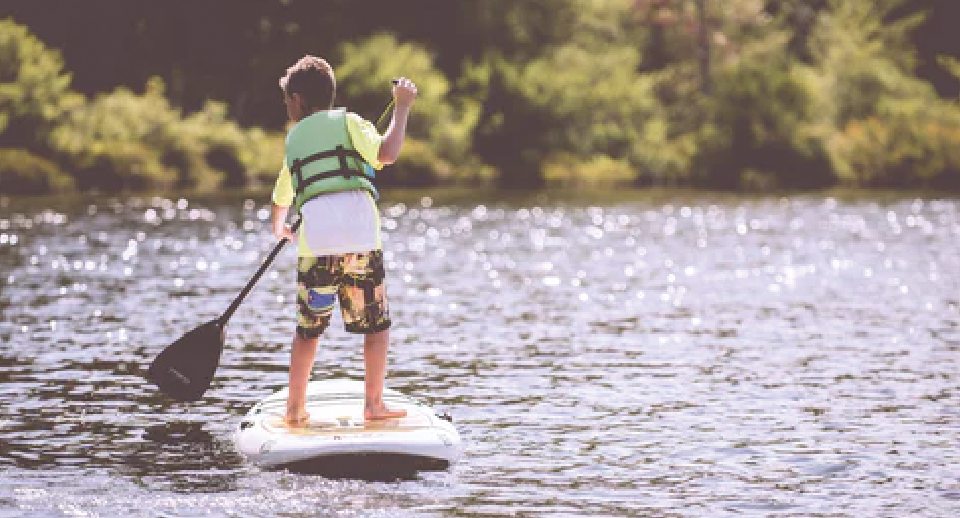Water Transfers
Climate change and population growth is putting increasing pressure on the UK’s water resources. In less than 25 years a lack of water could limit growth, jobs and impact people’s everyday lives.
What are we doing
WRW are working with others to develop plans to meet this challenge, such as reducing demand and tackling leakage, as well as developing new sources of water. At the same time, we need to make sure we protect the nature and wildlife that rely on the water systems which are the source of all our water supplies.
But no one can solve this on their own – we need to work together to make sure that in the future there is enough water for everyone, and that what we do have is in the right place at the right time. One of the potential solutions is to transfer water between different areas of the country, taking water from areas where and when it is available and sharing it with areas where it isn’t. This might involve developing sources of water to support the transfer.
One such potential solution is the “River Severn to River Thames Transfer” scheme where some early work is looking at the possibility of moving water from Vyrnwy Reservoir in Wales, the North West and the Midlands to the South East of England by releasing water into the River Severn and then transferring it on to the River Thames. Another example of this is the potential to transfer water via the Grand Union Canal. And that’s where we need your help, whilst it’s still at a very early stage we want to understand your thoughts around water transfers to help us ensure whatever options we put forward in our final plans have been shaped by our stakeholders

Exploring water transfer
In addition to the ambitions and objectives that WRW has, we also aim to fully explore water transfers to bring investment and multiple benefits to the region. Some of our water resource zones will already be highly resilient to extreme drought events (and so, have some surplus water) or present only small deficits. This makes it possible for us to put forward a wide range of options to develop new sources of water not needed locally (some of which are relatively low-cost) to support transfers of water to other parts of our region and other regions. Hence, we will continue to work with other sectors and third parties to identify any other potential source options which could be included in the future.
We will look for transfers where they can bring benefits to our region by supporting us in achieving our plan outcomes. In this way we can be confident in selecting water transfers as part of our best value plan, as we already know, some customers are supportive of transfers as long as they are not detrimental to our region. We also have six strategic resource options which could help us contribute to the national resilience goals (see table).
We recognise that in selecting some of these options for consultation, we must recognise the need to protect the resilience and environment in our region whilst supporting other regions. As such, there are several important considerations that we will need to account for when weighing up the benefits of any strategic resource options. These aspects are related to:
- Ensuring that supply resilience and the environment are protected in the areas from which water transfers are sourced
- Ensuring that there are benefits to the source areas, so that transfer options can be selected as part of best value plans for those areas
- Optimising solutions so that the best use is made of the options to meet the needs of both source and recipient areas
- Optimising solutions to provide benefits to service levels , the environment or wellbeing, or reduce pressure on customer bills.
Strategic Resource Options

Our Water Transfers Consultation has now closed, thank you to all who responded
Continue the discussion
Take the conversation to our IdeaStream forum where you can discuss your water resources plans further.
